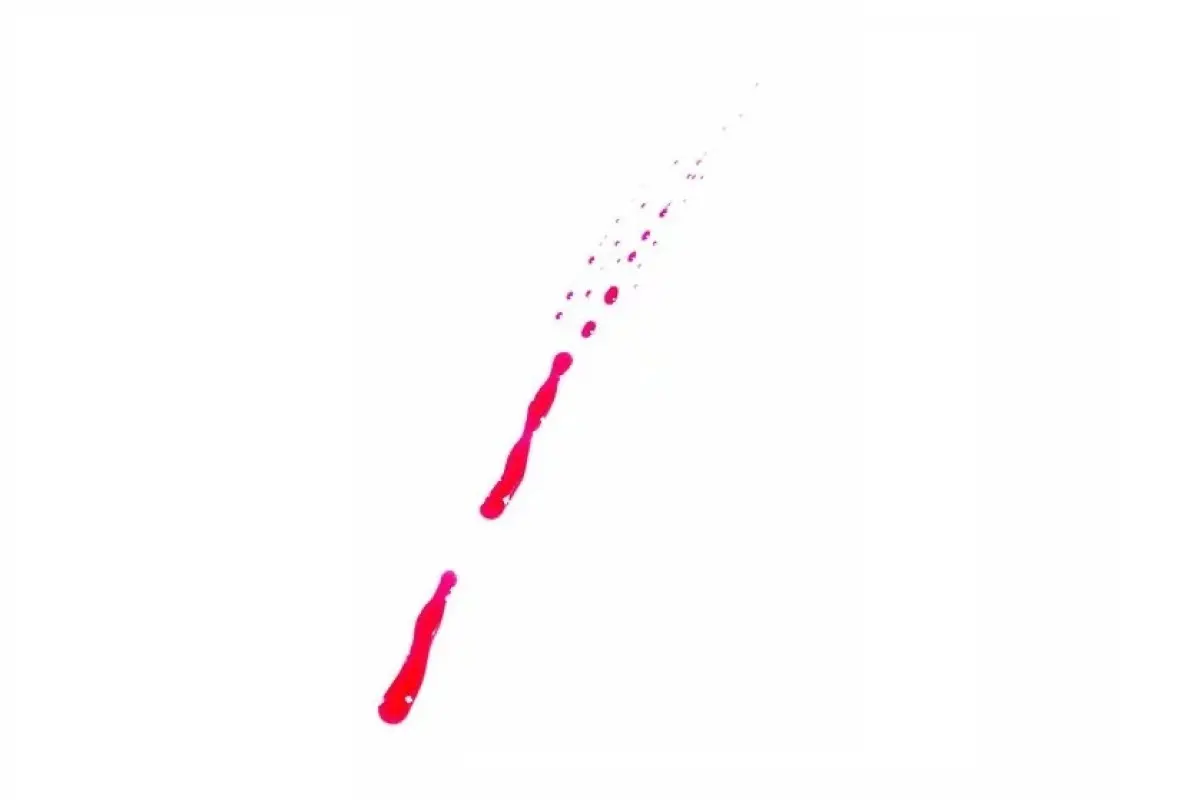
Untreated film
The ink runs on the plastic surface and does not cover up
You have currently selected the following location:
Now switch to the following location:
Not all materials are equally suitable for printing. How well a surface can be printed depends, among other things, on the surface tension and wettability – how a water droplet spreads over it.
Smooth and non-absorbent materials such as plastic are particularly challenging. This is because most plastics, which are also used in the various label films, have a so-called ‘non-polar’ (low-energy) and water-repellent surface to which prints adhere only with great difficulty.
To achieve optimal printing results with film labels, the film must be specially pre-treated on the top side in advance.
Two standards have been established and proven in the market: the application of a permanent top coat, a type of print varnish, or, alternatively, the much more cost-effective corona treatment.

The ink runs on the plastic surface and does not cover up
During corona treatment, the film is exposed to a high-voltage discharge, which increases the surface tension (dynung) and thus the adhesion properties of the material. Pretreated in this way, films can also be printed permanently and smudge-proof, e.g. in flexographic printing. However, as the tension is released again over time, the adhesion also decreases;
But there is a solution for this too: for optimum printing results, corona-pretreated materials are refreshed again with surface tension in special corona systems immediately before processing.

The ink adheres and covers perfectly.
The Weber Marking Systems has a corresponding system in its label production, so that in addition to numerous films with top coats, the extensive film portfolio also includes low-cost alternatives to corona-treated films. For many printing applications, corona-treated films are perfectly adequate and the results are absolutely satisfactory.